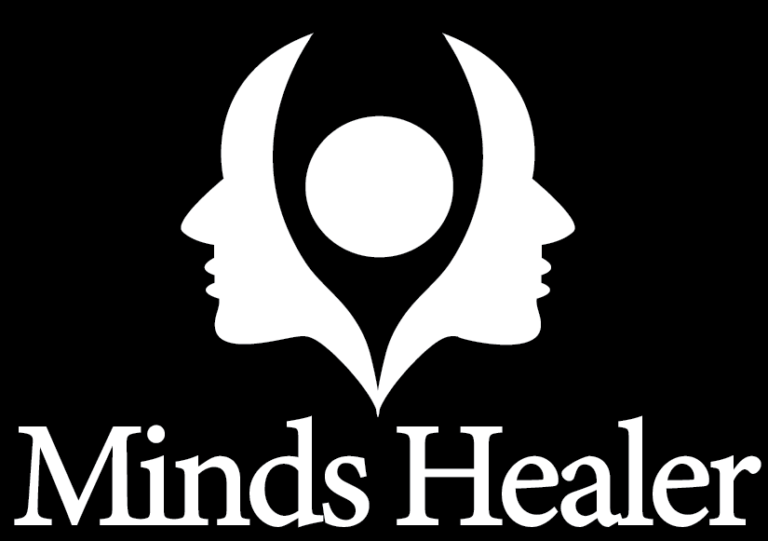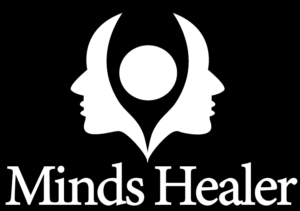Decision making is a psychological construct which can be described as the cognitive process that results in the selection of a course of action or belief from several possibilities.
What do you want to have for dinner? Where do you want to go on vacation? What should you wear for the party tonight? What university should you choose to go to?
All the questions above are very common in our life. Each one presents you with an array of choices and paths to choose from, and require you to make mindful decisions about the same.
Even without realizing, we are surrounded by decision making all around us. Our lives and how they progress are nothing but a string of decisions we choose and act upon.

There are various mental processes involved in the task of settling on a decision. We actively form opinions and choose actions based on logic, emotions and biases. We make a list of benefits and risks of each choice presented to us and then arrive on the best conclusion. This takes us to the next line of questioning: What defines “the best conclusion”?
Going by the basis of the theory of psychological egoism – humans are inherently selfish creatures, who have their own best interests at heart. This leads us to the conclusion that we would always choose a plan of action which provides us with the highest benefits and least costs or risks.
However, sometimes we arrive at the decision which may not be the best for us. Factors that limit the ability to make good decisions include missing or incomplete information, urgent deadlines, and limited physical or emotional resources.
The Mechanism of Decision Making
There’s a lot of speculation and thought about how exactly we arrive at the decisions we make. Some decisions take lots of hours and research, while some are made without any agony whatsoever. How do we differentiate between the ones that take days from the ones that take just a moment?
The researchers Amos Tversky and Daniel Kahneman are pioneers in the field of decision making. They have proposed a “Two System” process to explain the process of decision making.
Let’s reflect. When you decide to open a door, or turn on the AC when the room feels hot; you do so automatically and without any thinking, as it is based on your daily experiences. These are routine tasks conducted by us on a regular basis, and so are ingrained in our minds.
On the other hand, when you are first learning how to drive or are asked to pick between 3 new restaurants, it requires time and deliberate effort. This is because these are situations that you haven’t been in before, and so you spend time weighing the benefits or costs of choosing each action.
Here, the first examples are situations wherein System 1 is used to make a quick, unconscious decision. System 1 is fast as it bases all new decisions on past experiences. It does not require much thinking (and in fact appears to be effortless) and processes automatically.
The primary job of System 1 is to continuously assess the situation of the world around us and to give us updates as to what is going on. It works mainly on heuristics, which are cognitive biases that influence our opinions and beliefs, and thus plays a major role in forming stereotypes, our reflexes and our instincts.
At its core, System 1 works through the process of associative memory. It continuously intuits causal connections between words and images, feelings and actions, ideas and memories in order to build a coherent interpretation of life as we experience it. It thus does not require critical thinking or problem solving skills as it works on the existing database of information in our minds.
This may present System 1 as a fast, good method of decision making however it presents itself with a number of problems. As it depends on past memory, System 1 fails to see the details of the present situation and makes decisions on the basis of past experience. This is called the Confirmation bias, which is the tendency to search for, interpret, favor, and recall information that confirms or supports one’s prior beliefs or values. It distorts the present evidence in our current situation and leads us to make wrong decisions as we fail to see the situation in front of us.
On the other hand, the latter examples are situations wherein System 2 thinking is used. This system is slow and requires a great amount of time, effort critical thinking skills. System 2 usually works on new situations that you have never been in and thus are unfamiliar to you. It does not depend on past experiences and instead, bases its decisions on the present evidence. Thus, it consciously analyses each situation from various perspectives and depends on rational thought.
System 2 is the system involved in doing work, making friends, building family and social relationships. It exerts self-control and creates self-awareness. It is logical, skeptical, and seeks out new or missing information in order to improve its ability to make decisions.
Thus, this system leads us to make better informed and more accurate decisions than System 1. However, it is an energy-intensive process that exerts a considerable amount of cognitive strain on the person. This is why many people ignore the thoughts of System 2 subconsciously and instead choose a faster-chosen path by System 1. This may lead to wrong decisions as people fail to analyse it from each point of view.
| System 1 of Decision Making (“Fast”) | System 2 of Decision making (“Slow”) |
| Unconscious, effortless, automatic | Deliberate and Conscious, Effortful, Controlled mental process |
| Without self-awareness or control | With self-awareness and control |
| “What you see is all there is.” | Logical and Skeptical |
| Assesses the situation and gives updates | Seeks new information and then makes decisions |
The Faults of our Decision Making
The System Process proposed by Tversky and Kahneman presents a reliable and easily understandable guide to how we make the choices that we do. However, the systems and human minds are afflicted with many cognitive biases (heuristics) which prevent us from arriving at the right decision.
A classic example of this is the Wason Selection Task.
The experiment is simple. There are four cards, and you have to choose the ones which best fit the answer to the question posed.
The question is, “In the cards given, you have to confirm that if a person has a ‘D’ on one side of a card, they have a ‘3’ on the other. Which card or cards do you definitely have to turn over in order to see if it violates the rule?”

Most people would choose D and 3, or simply D. Was that you, too?
The correct answer is D and 7. Shocking, isn’t it?
The reason is that the rule says simply that a card with a D on one side must have a 3 on the other, not that a card with a 3 must have a D on the other side. So whether the 3 has a D on its back or not is not a problem for us. However, it is important that there shouldn’t be a D on the other side of 7, as it violates the rule.
Now, let’s consider another situation.
We have four cards again. And the question is as follows:
“You are serving drinks at a bar and have to confirm that if a person is drinking beer, they are either 20 years old or above. One side of the card shows the age and the other shows what they’re drinking. Which cards do you choose?”

The correct answer for this question is Beer and 16. Did you get it right?
About 75% participants get the answer to this question right, as opposed to the 25% of the first question. The simple difference is this: the framing of the question. The first situation poses you with a leading question in order to utilise the System 1 process and lead you to the wrong answer as you fall prey to confirmation and anchoring bias. However, the second question is not ambiguous at all and so you are able to arrive at the right decision.
In conclusion, decision making is a complex, layered process. System 1 is fast, unconscious and may easily lead you to the wrong answer due to heuristics. System 2 is analyzing and rational and so ponders over each piece of information and is able to avoid biases and arrive at the right decision, however, it is slow and takes a lot of energy of the person. Overall, we usually do decision making through a combination of both these systems – depending on varying situations.
References:
- https://psychology.wikia.org/wiki/Decision_making
- https://www.verywellmind.com/decision-making-strategies-2795483
- https://fs.blog/2017/05/confirmation-bias
- https://ameritest.wordpress.com/2013/01/29/completing-the-picture-part-ii-system-1-vs-system-2-thinking/
- https://www.psychologytoday.com/intl/blog/the-imprinted-brain/201205/making-sense-wason
If you liked our blog and want to read more, visit our website for more psychology-related blogs.



